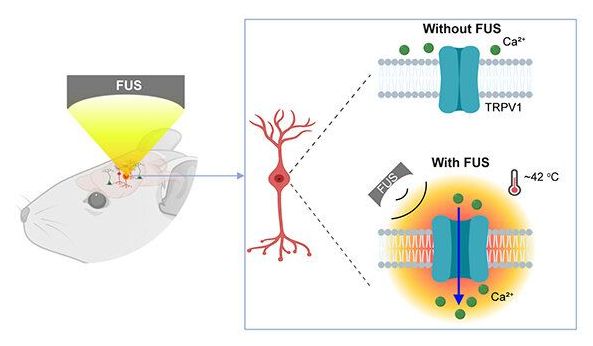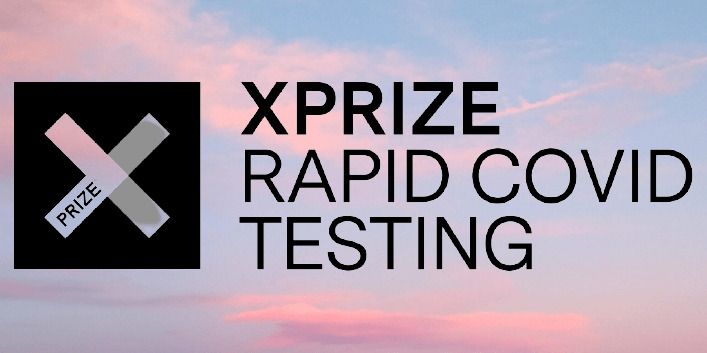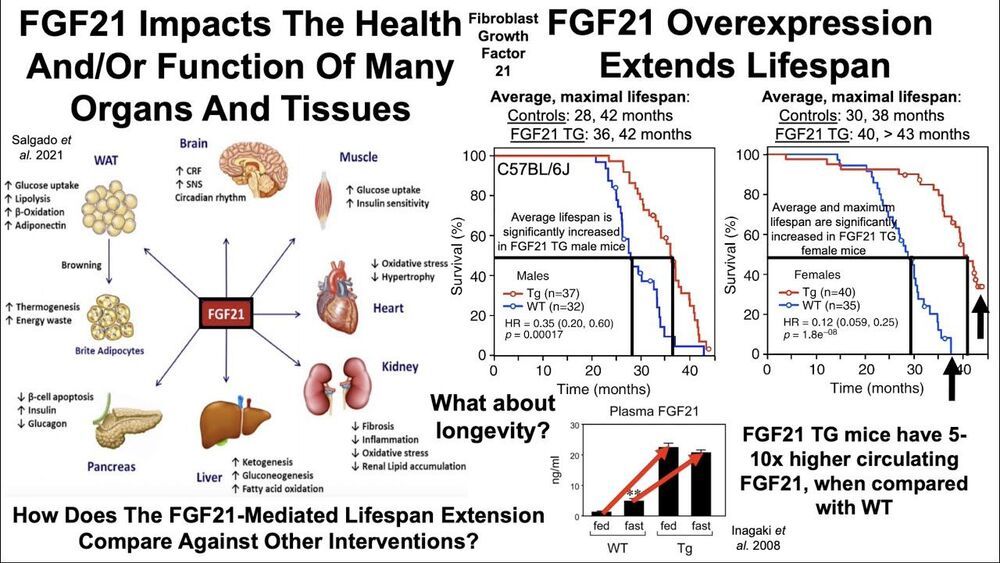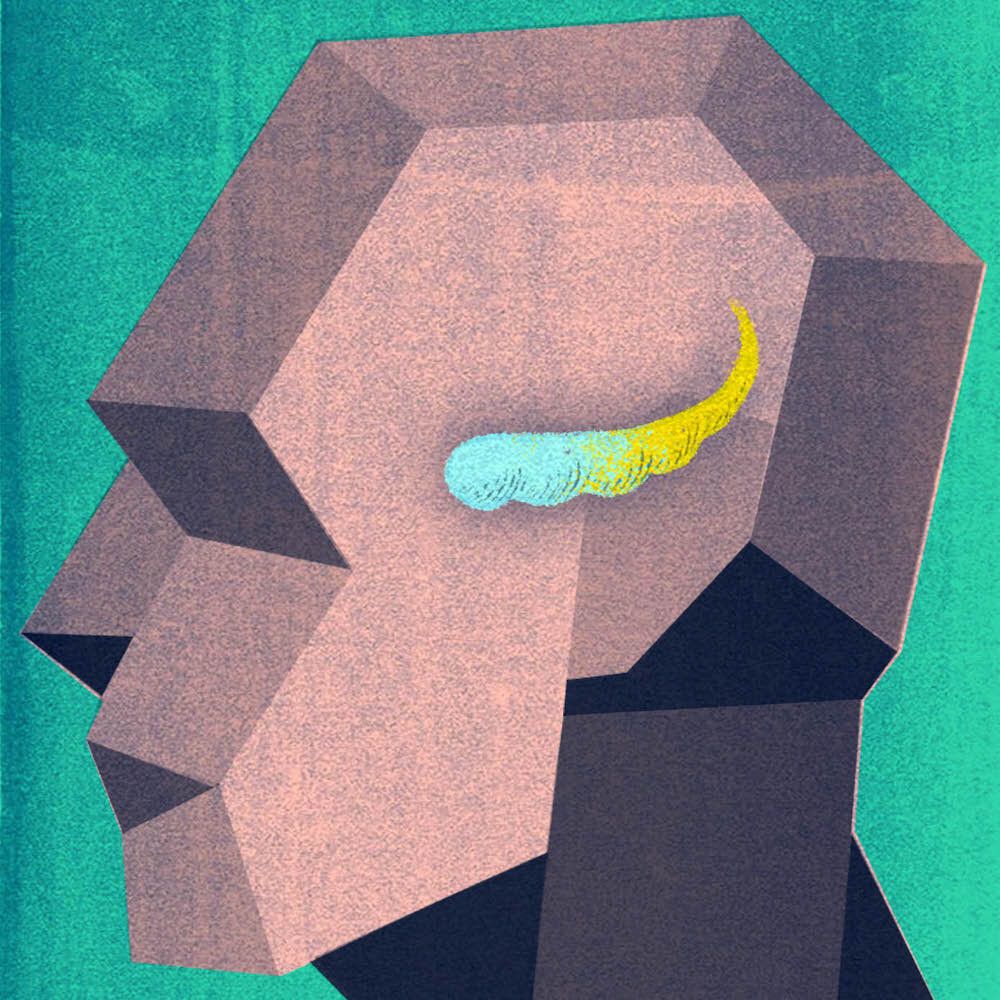The claw belonged to a moa, an extinct flightless bird from New Zealand.
Using a mouse model, Chen and the team delivered a viral construct containing TRPV1 ion channels to genetically-selected neurons. Then, they delivered small burst of heat via low-intensity focused ultrasound to the select neurons in the brain via a wearable device. The heat, only a few degrees warmer than body temperature, activated the TRPV1 ion channel, which acted as a switch to turn the neurons on or off.
Neurological disorders such as Parkinson’s disease and epilepsy have had some treatment success with deep brain stimulation, but those require surgical device implantation. A multidisciplinary team at Washington University in St. Louis has developed a new brain stimulation technique using focused ultrasound that is able to turn specific types of neurons in the brain on and off and precisely control motor activity without surgical device implantation.
The team, led by Hong Chen, assistant professor of biomedical engineering in the McKelvey School of Engineering and of radiation oncology at the School of Medicine, is the first to provide direct evidence showing noninvasive, cell-type-specific activation of neurons in the brain of mammal by combining ultrasound-induced heating effect and genetics, which they have named sonothermogenetics. It is also the first work to show that the ultrasound-genetics combination can robustly control behavior by stimulating a specific target deep in the brain.
An XPRIZE Rapid COVID test from U smell it honored Scratch n Sniff can detect COVID-19 by Smell.
Guilford, CT, USA; U-Smell-It™ LLC, a Guilford-based company specializing in innovative COVID detection techniques, has announced that it has won the $6M XPRIZE Rapid Covid Testing, a global effort to develop breakthrough COVID testing methods.
XPRIZE Rapid COVID Testing is a $6 million dollar, 6-month competition to develop faster, cheaper, and easier to use COVID-19 testing methods at scale.
Chosen from more than 700 international companies, the XPRIZE judges awarded U-Smell-It™ the award based on scalability, ease of use, and cost.
Papers referenced in the video:
FGF21 and Chronic Kidney Disease: https://www.sciencedirect.com/science/article/pii/S002604952100038X
The starvation hormone, fibroblast growth factor-21, extends lifespan in mice:
https://www.ncbi.nlm.nih.gov/pmc/articles/PMC3466591/
Inhibition of growth hormone signaling by the fasting-induced hormone FGF21:
Super flower blood moon and total lunar eclipse.
The first total lunar eclipse in two years happened the week of May 20–26, along with a natural disaster in the DRC and a finding from 12 billion years ago.
The pandemic has upended the way people buy—online retail has soared as high-street shops and malls close. Brands are now racing to exploit one of the most important weapons in the battle for buyers: their customers’ data.
Read our special report on the future of shopping here: https://econ.st/2Q8XQC2
Read more of our business coverage: https://econ.st/2OsXUw2
Listen to “Money Talks” weekly podcast on markets, the economy and business: https://econ.st/3cC4lor.
JÜLICH, Germany, May 28, 2021 — Quantum systems are considered extremely fragile. Even the smallest interactions with the environment can result in the loss of sensitive quantum effects. In the renowned journal Science, however, researchers from TU Delft, RWTH Aachen University and Forschungszentrum Jülich now present an experiment in which a quantum system consisting of two coupled atoms behaves surprisingly stable under electron bombardment. The experiment provide an indication that special quantum states might be realised in a quantum computer more easily than previously thought.
 The so-called decoherence is one of the greatest enemies of the quantum physicist. Experts understand by this the decay of quantum states. This inevitably occurs when the system interacts with its environment. In the macroscopic world, this exchange is unavoidable, which is why quantum effects rarely occur in daily life. The quantum systems used in research, such as individual atoms, electrons or photons, are better shielded, but are fundamentally similarly sensitive.
The so-called decoherence is one of the greatest enemies of the quantum physicist. Experts understand by this the decay of quantum states. This inevitably occurs when the system interacts with its environment. In the macroscopic world, this exchange is unavoidable, which is why quantum effects rarely occur in daily life. The quantum systems used in research, such as individual atoms, electrons or photons, are better shielded, but are fundamentally similarly sensitive.
“Systems subject to quantum physics, unlike classical objects, are not sharply defined in all their properties. Instead, they can occupy several states at once. This is called superposition,” Markus Ternes explains. “A famous example is Schrödinger’s thought experiment with the cat, which is temporarily dead and alive at the same time. However, the superposition breaks down as soon as the system is disturbed or measured. What is left then is only a single state, which is the measured value,” says the quantum physicist from Forschungszentrum Jülich and RWTH Aachen University.
Harvard University researchers have made a breakthrough in battery tech: a long-lasting solid-state lithium battery.
“A lithium-metal battery is considered the holy grail for battery chemistry,” researcher Xin Li told the Harvard Gazette.
Strong, cheaper, faster: Most of today’s electric vehicles (EVs) are powered by lithium-ion batteries, the same type of battery you’ll find in your laptop or smartphone.
O,.o yikes!
Rural Australia has taken a battering over the last few years, with drought, fires and floods — and many farms in New South Wales are now having to deal with a plague of mice.
These three farmers spoke about living through the worst mouse infestation they’ve ever seen.
A study of gene activity in the brain’s hippocampus, led by UT Southwestern researchers, has identified marked differences between the region’s anterior and posterior portions. The findings, published today in Neuron, could shed light on a variety of brain disorders that involve the hippocampus and may eventually help lead to new, targeted treatments.
“These new data reveal molecular-level differences that allow us to view the anterior and posterior hippocampus in a whole new way,” says study leader Genevieve Konopka, Ph.D., associate professor of neuroscience at UTSW.
She and study co-leader Bradley C. Lega, M.D., associate professor of neurological surgery, neurology, and psychiatry, explain that the human hippocampus is typically considered a uniform structure with key roles in memory, spatial navigation, and regulation of emotions. However, some research has suggested that the two ends of the hippocampus—the anterior, which points downward toward the face, and the posterior, which points upward toward the back of the head—take on different jobs.









